#ancient living
Explore tagged Tumblr posts
Text
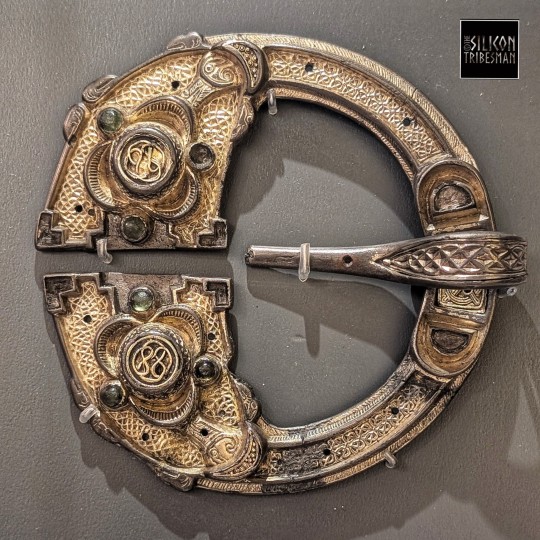
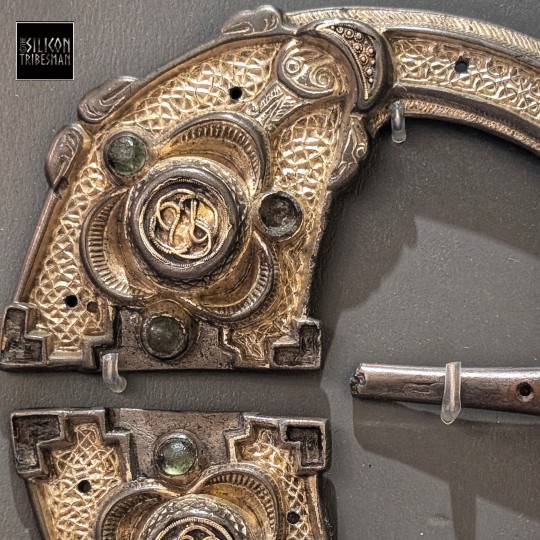
Breadalbane Brooch, 8th Century CE, Perth Museum, Scotland
A silver gilt annular brooch probably made in Ireland and later refashioned to look like a penannular brooch for a new Pictish owner.
#early medieval#archaeology#metalwork#metalworking#brooch#jewellery#ancient crafts#ancient cultures#ancient living#status#Scotland#relics#design#breadalbane brooch
55 notes
·
View notes
Text

#interior#decor#decoration#home decor#room#design#bedroom#interiors#living room#indoor#country living#ancient living#white living#livingroom inspiration#livingroom inspo#wohneninweiß#wohnung#stilvoll wohnen#wohntrends#wohnzimmer#wohnzimmerideen#interior painting#interiordesign#dark interior#furniture decorations#white living room walls#cottage living#white interior#decorstyle#coutry style interior
233 notes
·
View notes
Text






Neolithic Petrospheres, Perth Museum, Perth, Scotland
#ice age#stone age#bronze age#iron age#copper age#prehistoric#prehistory#petrosphere#archaeology#grave goods#ancient cultures#ancient living#stone carving#Scotland#Perth
66 notes
·
View notes
Text





Pictish Symbol Stones, Perth Museum, Scotland
#pict#picts#Pictish art#Pictish symbols#archaeology#stonework#design#ancient living#pictish warrior#ancient cultures#Scotland#Perth
51 notes
·
View notes
Text


Bronze Age Female Skull, Perth Museum, Scotland
This is the skull of a Bronze Age woman who died around 4,000 years ago. She was buried in a stone cist discovered during ploughing at Lochlands Farm in 1962.
#ice age#stone age#bronze age#iron age#prehistoric#prehistory#neolithic#mesolithic#paleolithic#archaeology#cist cairn#cairn#burial ground#burial chamber#ritual#ancient living#ancient cultures#skull#bones#Scotland
30 notes
·
View notes
Text







The Great Stone Of Fourstones, Tatham Fells, High Bentham, North Yorkshire Border
#ice age#stone#landmark#archaeology#geology#ancient living#ancient cultures#wild places#outdoors#walking#boulder#great stone of fourstones#steps
1K notes
·
View notes
Text

Anglo-Saxon Bird Brooch, The British Museum, London
#anglo saxon art#anglo saxon#archaeology#ancient living#ancient cultures#ancient craft#metalwork#metalworking#bird#jewellery#designs#British Museum
647 notes
·
View notes
Text


The Kingston Anglo-Saxon Brooch, The World Museum, Liverpool
#anglo saxon#archaeology#metalwork#brooch#disc brooch#status#craftwork#ancient living#ancient cultures#ancient design#intricate#Liverpool#relic#saxon#Anglian
693 notes
·
View notes
Text
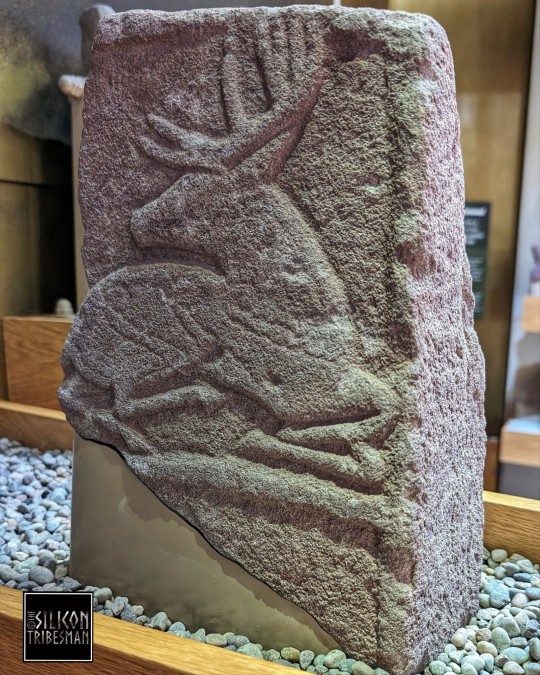
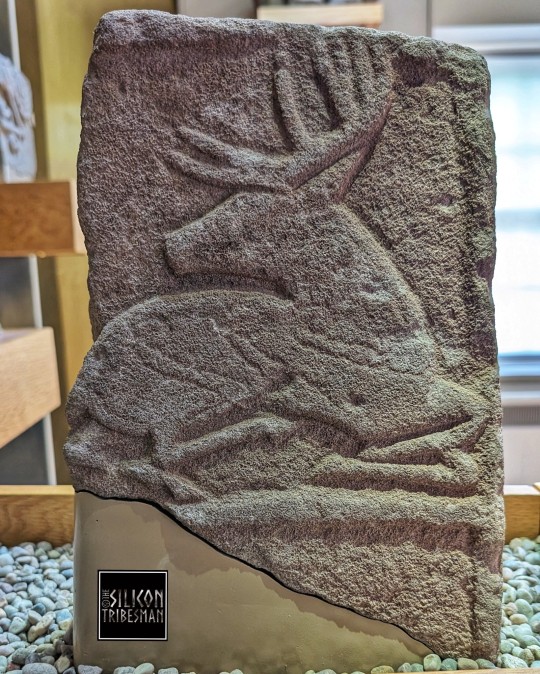
Pictish Stag Symbol Stone, circa 9th Century CE, St. Vigeans Stones and Museum, Arbroath, Scotland
Considered by many to be one of the finest Pictish animal depictions.
#pict#Pictish#pictish art#pictish beast#pictish stones#ancient cultures#ancient living#ancient craft#archaeology#relic#fragment#stag#deer#nature#stonework#st vigeans#Scotland
1K notes
·
View notes
Text
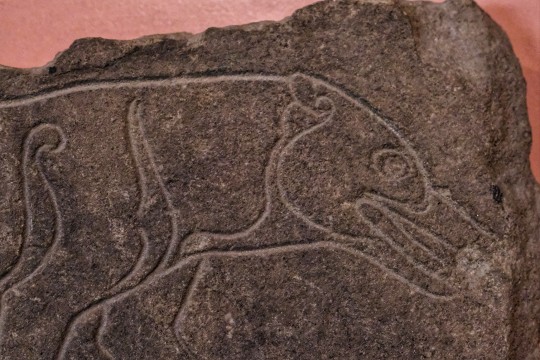

The Pictish Wolf Stone, Stittenham, Ardross, Inverness Museum and Gallery, Scotland
#pictish stones#pict#picts#pictish#Pictish wolf#wolf stone#Pictish art#archaeology#symbols#ancient living#ancient craft#ancient culture#Scotland#wolf#beast
7K notes
·
View notes
Text
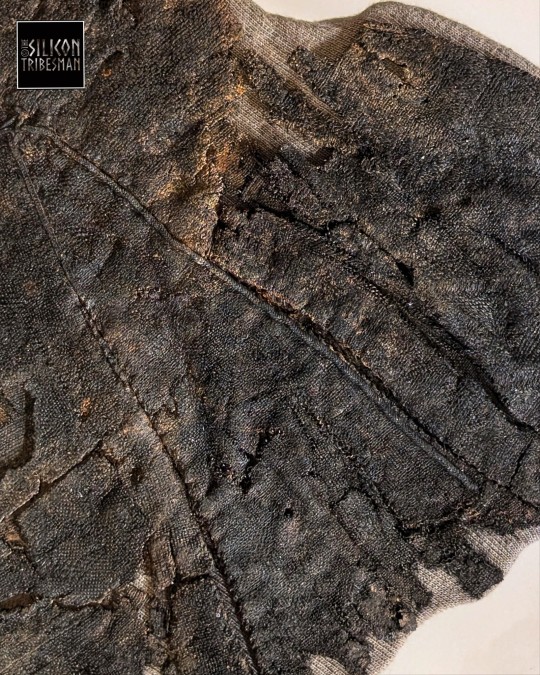
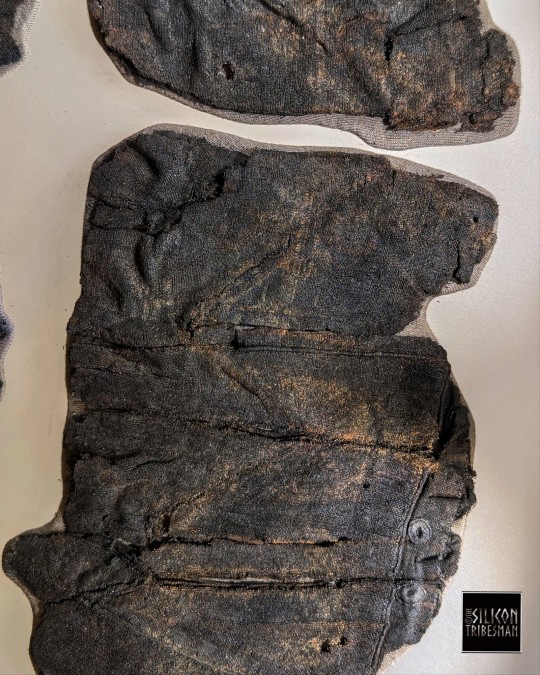
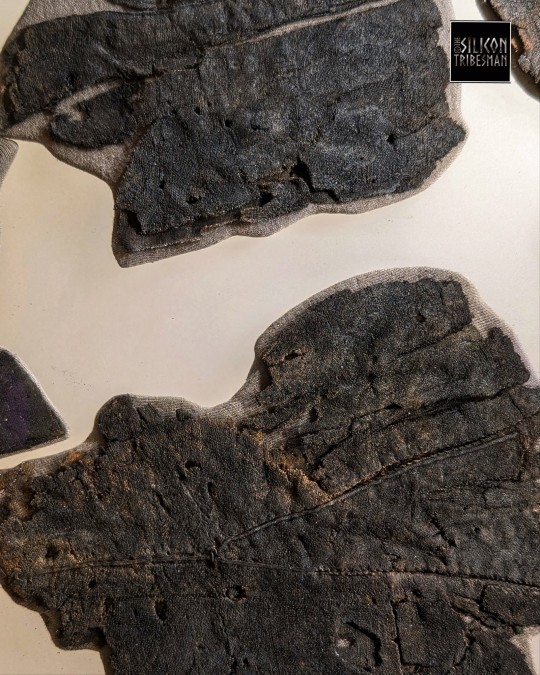
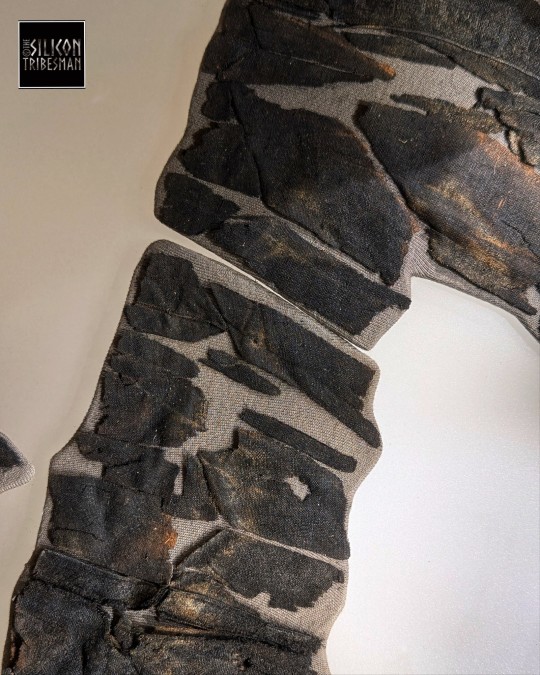

Pieces discovered at Llangors Crannog may be a royal tunic over 1,000 years old.
In early medieval times, the crannog, an island constructed in the lake, was the site of a royal llys or court.
Conservators have analysed these fragments and found that they are made of linen and silk. The tunic was once decorated with birds, lions and vine leaves.
St. Fagans National Museum of History, nr. Cardiff, Wales
#crannog#fabric#materials#tunic#archaeology#relic#design#patterns#ancient living#ancient cultures#ancient fabric#ancient cloth#costume#clothing#Wales#Llangors Crannog#Crannog
609 notes
·
View notes
Text






The Iron Age Kitchen, The Scottish Crannog Centre, Loch Tay, Scotland
#ice age#stone age#bronze age#iron age#prehistoric#neolithic#prehistory#mesolithic#paleolithic#archaeology#cookery#food#nuts#berries#oils#fruit#grains#hearth#ancient crafts#ancient cultures#ancient living#crannog#Scotland
542 notes
·
View notes
Text






Silver Viking 'Broad Band' Arm Rings, Red Wharf Bay, Anglesey, 900 to 925CE, St. Fagans National Museum of History, nr. Cardiff, Wales
#vikings#viking#archaeology#norse paganism#red wharf bay#ancient cultures#ancient craft#ancient living#metalworking#metalwork#patterns#design#jewellery#costume#viking raiders#Wales
534 notes
·
View notes
Text





Corrimony Bronze Age Chambered Cairn, The Highlands, Scotland
#ice age#stone age#bronze age#iron age#prehistoric#prehistory#neolithic#mesolithic#paleolithic#archaeology#chambered cairn#cairn#burial chamber#burial mound#burial ground#ancient cultures#ancient living#ancient craft#stonework#Scotland
406 notes
·
View notes
Text



The Lewis Chess Pieces, 12th Century CE, The National Museum of Scotland, Edinburgh
#Lewis Chess#archaeology#ancient living#ancient cultures#relic#ivory#uig#Scotland#chess#figures#expression#game
650 notes
·
View notes
Text

Replica Cast Head of Zeus-Amun, Roman Period (about 100 CE), Liverpool World Museum
Zeus-Amun was a popular god in Ptolemaic and Roman Egypt. He is a combination of the Egyptian god Amun and the Greek god Zeus. He is usually shown with the ram's horns of Amun and the bearded face of Zeus. In 331 BCE Alexander the Great claimed he was told by an oracle that he was the son of Zeus-Amun.
#gods#head#zeus amun#archaeology#ancient living#ancient beliefs#history#deity#figure#ancient cultures#ancient crafts#metal#metalworking#zeus#amun#beliefs
469 notes
·
View notes